
Afternoon Stroll
May 27th, 2009
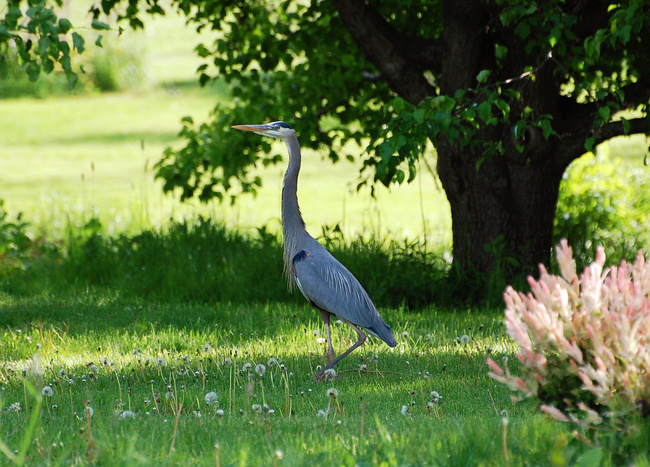
1680x1050 wallpaper
Found this Great Blue Heron at Dominion Arboretum yesterday. Just out of view is a small stream, which is what attracted him. In fact, at various times, I've seen three different types of herons fishing there.
Fletcher Wildlife Garden is the awesomest place
May 26th, 2009
Tree Swallows are some of the most beautiful birds in North America.
You've probably seen them before: flocks of them circle over ponds and rivers in the evening, hawking for insects, moving too fast to pick out any detail. Swallows are so graceful and streamlined that they can stay aloft for hours, never stopping to perch. Usually, the only way to get a good look at them is to catch them nesting.
Which is why Fletcher Wildlife Garden is the awesomest place. It's got a pond surrounded by very successful Tree Swallow nest boxes. They're busily setting up now and will be raising families in the month to come.

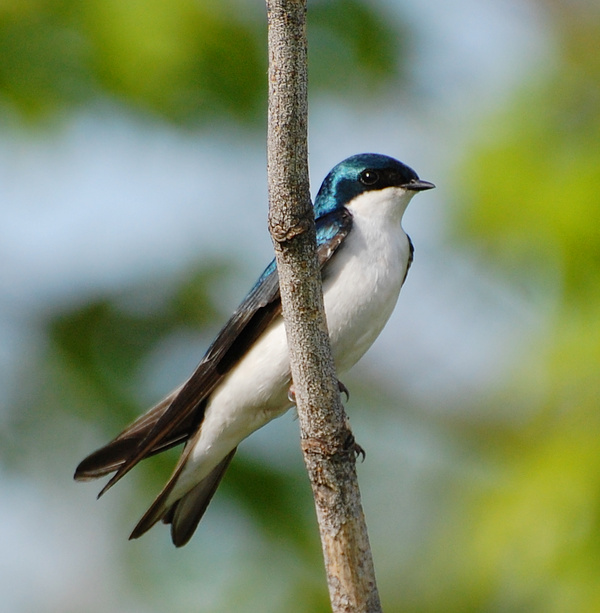
1680x1050 wallpaper

1680x1050 wallpaper
A mating pair:
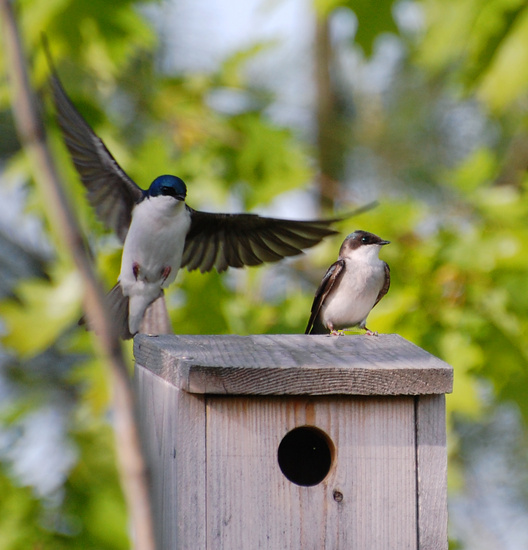
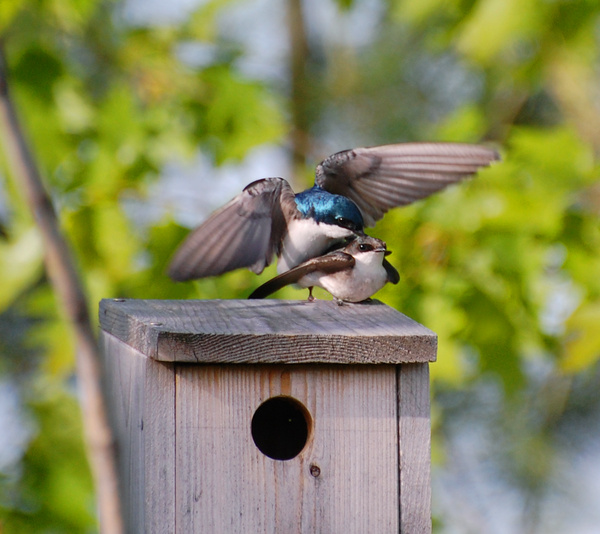
The Glare
May 24th, 2009

I took several pictures of this grackle, and this one, colorwise, was not the best. But I just love the look he's giving me. "Do you mind, lady?"
( Bird geekage within )
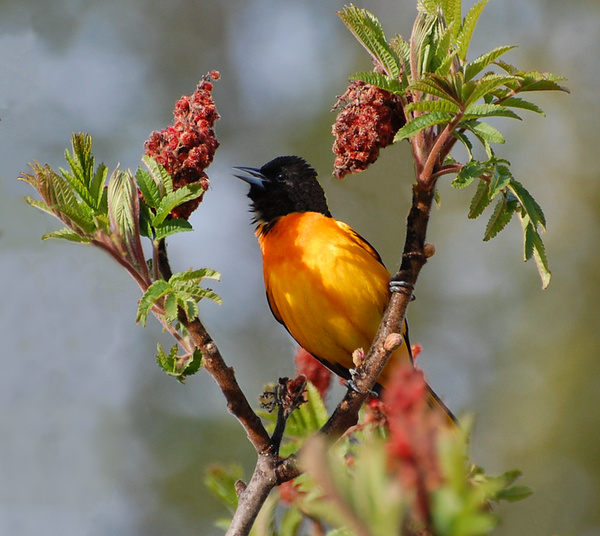
Orioles continue to pose prettily for me. Most of the orioles at Mud Lake are now breeders, not migrants. I can tell because orioles have dialects--differing songs by region--and all the orioles I encountered on my last trip out were singing the Mud Lake dialect.
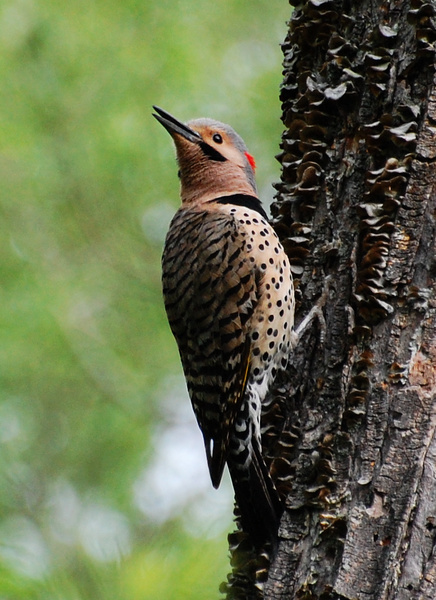
1680x1050 wallpaper
Another view of that flicker, calling to attract a mate. That's what he was doing in the other picture too, but it's a little more obvious here.
Speaking of half-decent flicker photos...
May 23rd, 2009
I finally got one!

1680x1050 wallpaper
The one feature of note that isn't visible here is the bright yellow underneath a flicker's wings and tail--although you can see a faint hint of it at the edge of his folded wing.
Anting
May 21st, 2009
Today, in lieu of pictures, some trivia.
What is anting?- http://birds.suite101.com/article.cfm/what_is_anting
Birds preen their feathers and like to take dust baths or baths in shallow pools of water--many birds also engage in something called anting, where they apply insects, usually ants, or other substances to their feathers and bodies. Strictly, the term anting refers to the use of ants in this activity; however, for lack of another term, the use of other things in a similar manner is often also referred to as anting.
Hundreds of different species of birds have been observed treating their feathers in this unusual way. Songbirds pick up ants and apply them energetically to feathers; tropical mynas use millipedes similarly; rooks stand with their wings spread over rising smoke, crows lie down on ant hills, and poisonous birds may acquire a toxic coating on feathers by rubbing them with poisonous beetles.
What do birds use for anting?
Birds have been observed using various substances on or in their feathers including:How do birds ant?
- Insects and other arthropods, primarily ants, but also beetles, wasps, millipedes, mealworms, and caterpillars.
- Acid substances such as vinegar, mustard, and citrus juices.
- Plant parts such as onions, citrus peels, berries, apple peels, and tobacco.
- Manmade substances such as hair tonic, soap suds, and moth balls.
- Smoke--from burning cigarette butts or chimneys.
Anting behavior takes at least three forms:Why do birds ant?
- Active anting: A bird will often pick up one or more ants in its beak and rub them over its feathers repeatedly. Afterwards, the bird either releases or eats the ants. Songbirds, such as babblers, jays, tanagers, orioles, starlings, and weavers use active anting. Other things are used similarly to anoint the feathers.
- Sometimes birds pick up ants and appear to place them in the feathers, particularly in the area under the wings, releasing them to wander over the skin and feathers.
- Passive anting: Some birds spread their wings over an ant hill, fluff up their feathers and lie down, allowing ants to crawl all over them. Crows, European jays, and waxbills are among the birds that use "passive anting." In a similar way, birds may spread their winds over smoke coming out of a chimney top or over a burning cigarette butt to allow smoke to filter through the feathers.
No one knows for certain why birds ant--there may be several reasons. Some of the possibilities are:
- Insect secretions, such as formic acid produced by ants or defensive chemicals produced by other insects and insect larvae, may kill or repel external parasites such as lice and mites. Similarly plant essences, smoke, and chemicals may serve the same purpose.
- Insect secretions may help to condition and maintain feathers, as preen oil does.
- Birds may place live ants in their feathers to store them as food for later.
- Crawling insects, or their secretions, may sooth skin irritated by parasites, molting, or other causes.
- Rubbing an ant over the feathers before eating it may remove formic acid, making the insect more edible.
- Insects ingested after being rubbed over the feathers may help rid the bird of internal parasites as well as external parasites.
- Anting, in all its forms, may simply feel good--a lot of birds appear to enjoy the experience intensely.
New life, and new life in the making
May 20th, 2009
Canada Geese babies have arrived at Mud Lake. I saw these very young goslings on May 11th, after watching the mother brood for about a month.

1680x1050 wallpaper
Northern Flickers are a species of ground-foraging woodpeckers. They are in my opinion the most beautiful woodpeckers in North America, but they are also the most skittish. I've been trying for over a month to capture their beauty in a picture that does them justice.
This is not that picture. It is, however, interesting because of what the flickers appear to be doing...
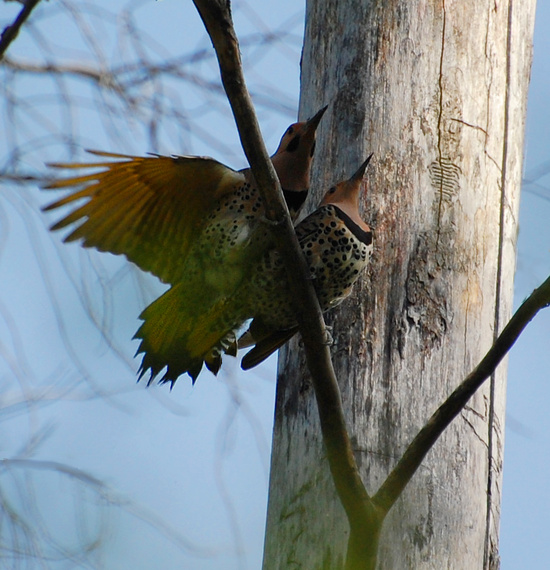
Warbling Vireo, Night Heron
May 19th, 2009

Even the plain birds deserve their day--especially when they sing as prettily as a Warbling Vireo!

1680x1050 wallpaper
A much more successful Black-Crowned Night Heron shot than my last one. Still not a very pretty backdrop, but what can I do for a bird that loves swamps? This Night Heron seems surprisingly gangly--it's more common for them to look plump and hunched over. Maybe he lost weight over his long migration.
The strand hanging out at his neck is a breeding plume. Night Herons grow them quite long in spring to attract mates.
Stealth
May 17th, 2009

I couldn't get him to come out in the open, but I guess it made a good picture this way, too.
White-Crowned Sparrow, first of spring
May 15th, 2009

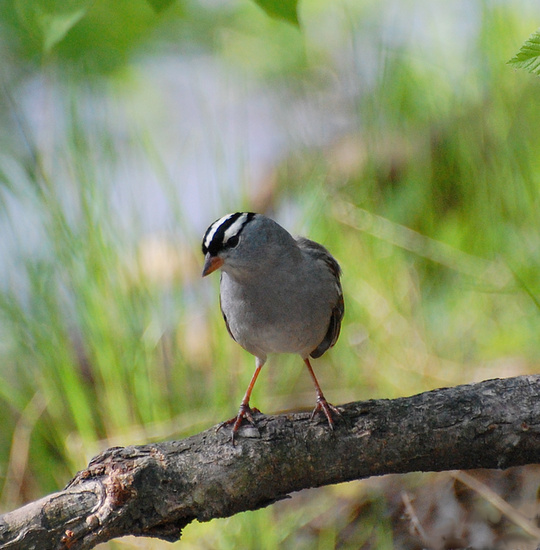
White-Crowned Sparrows are boreal breeders who appear in Ottawa only in migration--in fact, their summer range only just edges into northern Ontario. Like most birds of the far north, they have little fear of humans, hopping out onto open paths, rocky ledges and exposed branches right in front of us. Needless to say, this is pleasant for photographers!
And then sometimes mother nature gives you a big, wet kiss
May 14th, 2009
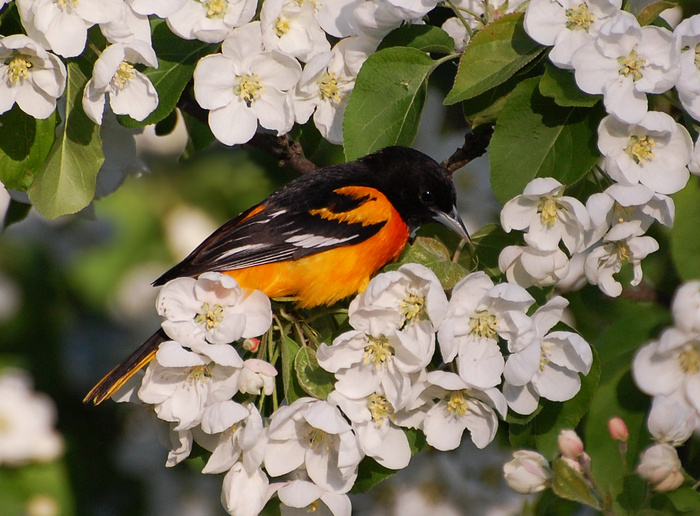
1680x1050 wallpaper

1680x1050 wallpaper

1680x1050 wallpaper
For real. A Baltimore Oriole, my sentimental favorite of all songbirds, landed in a flowering tree, posed, preened, and flopped around while I watched at eye level from a nearby hillside. Mother nature said "mwah!"
|
